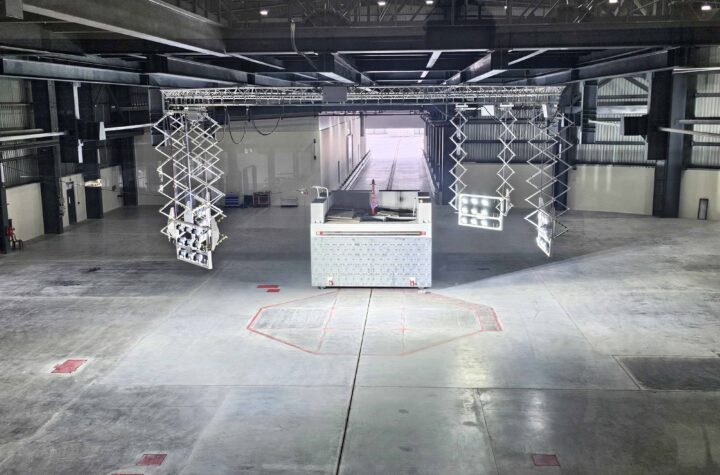
Smaller engines, increased compression and tighter emission controls are forcing suppliers to design innovative new approaches to all engine components – including the seemingly standard V-Clamp.
V-profile clamps are connecting elements for flanged pipes. They can be found in applications such as exhaust gas, cooling water and urea systems. Typically, such clamps require the bolt to be assembled on the production line. However, NORMA Group’s V2PP profile clamp is fitted with a pre-assembled bolt. This significantly reduces the assembly time, whilst simultaneously eliminating the danger of cross threading the bolts during assembly, which can lead to a costly stoppage of the production line or later component failure.
NORMA Group has patented a design which features a clip on the side of the clamp opposite the bolt. The clip, with an integrated spring, allows clamps to be fitted using only two fingers. This is a significant improvement for an assembly operator, who is normally juggling three or four components at the same time – two pipe parts, a clamp for connecting them, and often a gasket as well.
The V2PP clamps are pre-assembled at NORMA and are packed so that they can be taken out of the packaging with two fingers and directly assembled on the flanges. In addition, the lightweight V2PP helps to reduce the overall weight of the system. It is optimized for extremely tight packaging spaces, making it suitable for a wide range of automotive applications.
Automotive Industries (AI) asked Michael Eisner, Vice President Engineered Joining Technology EMEA (Europe, Middle East and Africa) at the NORMA Group, what prompted the company to take a fresh look at the design of V-clamps.
Eisner: We are continually striving to improve our designs, and part of this philosophy is to critically consider how already existing solution can be improved. We combine this with close communication with our customers in order to assess new trends and requirements and in the case of this product, the V2PP design was the result.
AI: How well has the industry accepted the design?
Eisner: Extremely well, as shown by the high number of projects which we are currently developing together with the majority of key exhaust system and urea system suppliers. NORMA Group went into mass production of the V2PP clamp in January 2013 with a well-known Tier 1 supplier and a major OEM, and we have already been nominated as the serial supplier for several more projects which are either already in mass-production or will be in the near future.
AI: As a company, do you see yourselves as supplying components or solutions?
Eisner: More and more we see customers coming to us for the complete package. For instance, there are several companies that supply V-profile clamps for exhaust connections, but we don’t just supply a V-profile clamp – we provide the solution.
We recommend what type of gasket should be used. We specify and define the flange geometry for the customer – including all the tolerances – and then based on that we propose the best solution for that joint. Not just the clamp, but the joining system. A typical example of one of our products helping customers to save costs is the V2PP clamp, which saves our customers assembly time due to its easy handling.
AI: At what stage in the design process should your customer involve you?
Eisner: The sooner the customer approaches us, the better the solution we can design. We produce an amazing variety of different products for a wide selection of markets, but each market and application is individual, which is why we always aim to be involved in the development of applications as early as possible.
The benefit is that we like to create close working relationships with our customers, and being involved in the development stage helps us to do that. Also, as a company we are constantly monitoring the global megatrends which influence the industries, as well as collecting feedback from customers. By monitoring these requirements and taking into consideration what we are hearing from the close working relationship with the customers, we are able to anticipate what the customers are going to need. We are able to be ahead of the curve by developing products now, which our customers will ask for in the future









More Stories
MESSRING completes new crash test facility for Mahindra in India
ROHM Develops an Ultra-Compact MOSFET Featuring Industry-Leading* Low ON-Resistance Ideal for Fast Charging Applications
More than 30 of the top 50 global suppliers have production facilities in Turkey